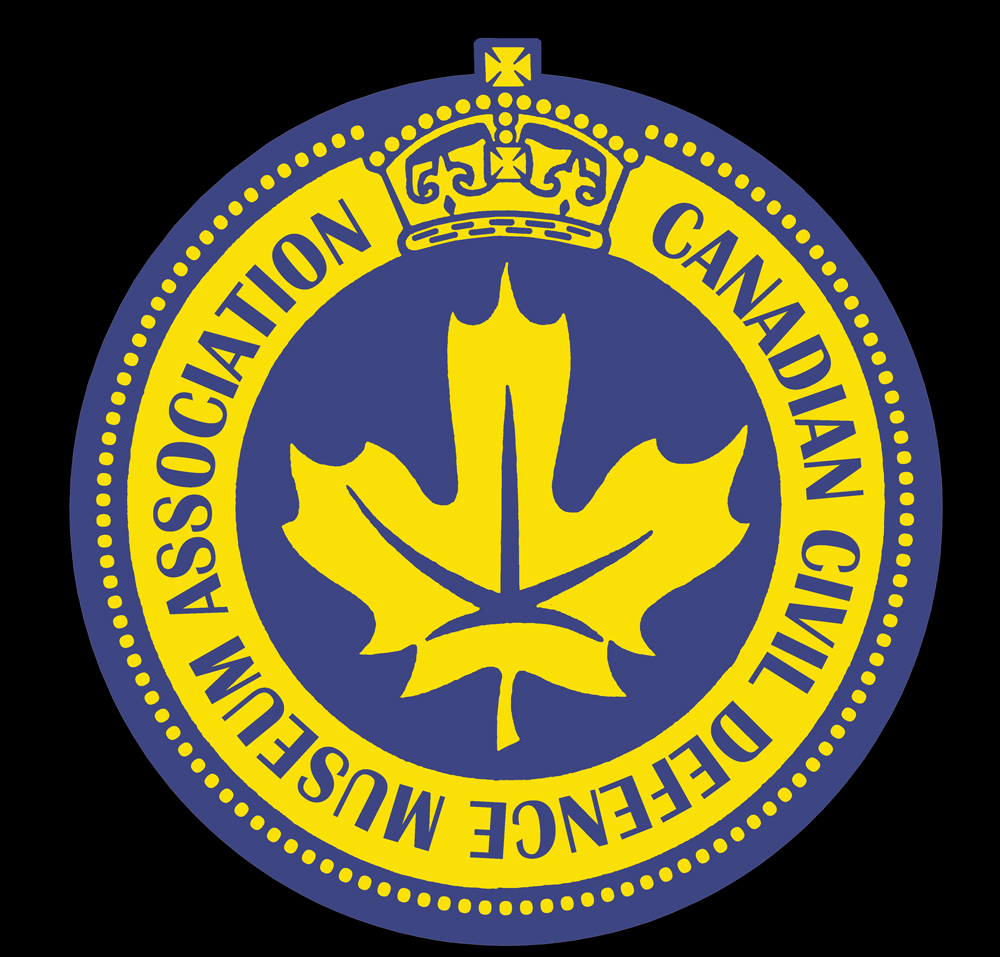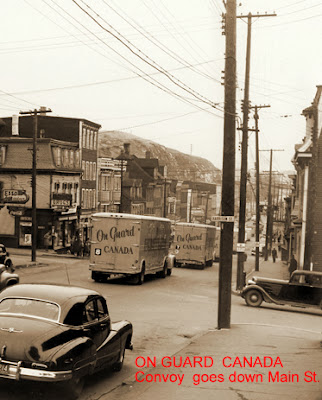Ronald J. Jack
** I still have my copy, with pencil notation “Ronald J. – 1970“. This was my reading material at age twelve, when we were living at 209 Churchill Blvd. – about a hundred feet from where the rattled adults had gathered to gossip in 1962. For we school kids of the ’60-’70s, classroom discussion of a “World War Three” was the big time waster that “Global Warming” is today. Students still practice the fine art of baiting the teacher, to burn up their hour.
One of my favorite memories of childhood in the North End was the annual testing of the air raid siren. Wherever I happened to be, I would stop what I was doing and absorb the raw power of the rising wail. But it was the delicious descending tone, lasting a full minute, which always thrilled me. I was a big reader and one of my favourite genres was Post-Apocolyptic fiction. Somehow the siren’s wail, along with the occasional overflight by NATO aircraft, added zest to the staple of my adolescent reading life.
Excellent examples of the great need for civil defence planning arose from the many fires which had plagued residents for decades – North End and East End neighbourhoods in particular. One telling example was an inferno which destroyed five buildings on Main Street in October of 1950. The blaze, between Sheriff and Simonds Streets, put 150 people on the street, 78 of them children, and killed Fire Captain L.J. Hayward. Civil Defence Wardens immediately mobilized municipal and corporate resources, including buses and trucks. Within 24 hours Col. Slader had called a meeting of all Welfare Agencies in the City, with a finance committee chaired by Travis Cushing, the Civil Defence Welfare Officer. Their “Can do!” response to calamity in the North End, was the genesis of a dedicated nucleus of talent, of tasks willingly borne by men who knew each other well, and who accepted responsibility for protecting their neighbours. A decade of joint civil-military preparedness followed, which not only served the city well but I would argue, set precedents for the planning of the truly massive displacement and resettling of Valley residents during Urban Renewal “campaign” of the 1960s.
PRO – NUKE LIBERALS IN SAINT JOHN – 1963
One truly forgotten bit of Cold War trivia was played out in Saint John during the Federal Election of 1963. Lester Pearson needed a breakthrough or two in the Maritimes, and one of them was delivered by a veterans’ group. The National President of the R.C.A.F. Association was, at the time, Philip F. Connell, D.F.M., an investment broker (Director with Nesbitt, Thomson & Co. Ltd.) and a veteran of Bomber Command. The Liberals we recall, were lead by Lester Pearson, who was a recipient of the Nobel Peace Prize. Just in advance of the election the Liberals’, needing to appear hawkish, came up with a clear-cut policy advocating that Canada accept nuclear weapons for her NATO and NORAD forces. In effect, they would allow American basing of nuclear-armed BOMARC missiles, designed to detonate nuclear air bursts in front of Soviet overflights of North America.
On January 15, 1963 Mr. Connell, from his Saint John office, issued a Press Release in which the R.C.A.F. Association endorsed the Liberal Party of Canada policy on nuclear weapons. His statement read in part: “We of the RCAF Association feel the people of Canada will welcome such a firm decision to accept fully and completely our obligations to our allies and the responsibility for the proper defence of Canada and its people.” The resulting Canadian Press report was printed in newspapers across Canada. As luck would have it, Pearson became Prime Minister, formed a Minority government, and American BOMARC batteries were installed on Canadian soil – under American control. The first nuclear capable “Canadian” BOMARCS went operational in December 1963. The President of the RCAF Association and Mrs Connell, later made a national tour – Toronto to Victoria, in which he continued to make remarks supportive of the nuclear weapons policy of the new Liberal Government.
Email contact: ronjackbc@yahoo.ca







